Nail plates are a vital component of the skin’s protective barrier system. They also play a key role in maintaining the integrity of the surrounding epidermal tissue and nail bed. This article will discuss the anatomy of nail plates, the various diseases that affect them, and how these conditions can be managed. The anatomy of the nail plate begins in the nail matrix, which is the living cell layer beneath the base of the nail. The nail matrix gives rise to the nail plate and the eponychium, which is the hard cuticle that forms the barrier between the nail bed and the nail plate itself. The matrix produces a single row of cells known as the nail plate, which over time, harden and flatten out to form a protective layer. It is composed of a tough, protective protein called keratin. Nail plates are also susceptible to a variety of diseases that can cause changes to their shape, texture, and even color. These include infection, inflammation, trauma, and even genetic factors. The most common nail plate disease is onychomycosis, which is caused by a fungal infection. Other chronic nail plate diseases include lichen planus, psoriasis and eczema. The management of nail plate diseases can include oral or topical medications, debridement, and topical steroids. Additionally, lifestyle modifications such as changes in dietary habits can be recommended. Surgery may be an option in the most severe cases. A medical professional, such as a dermatologist, can provide the most appropriate treatment. In conclusion, the nail plate is a critical component of the skin’s protective barrier system and it can be affected by various diseases. Fortunately, there are effective treatment options that can help restore and maintain the health of the nail plate.

Irina Sergeeva
Novosibirsk State University, Russian Federation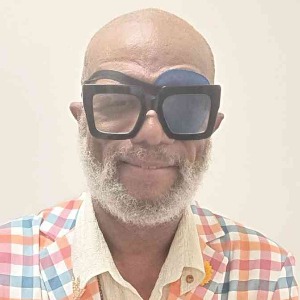
Dave Ray
Dave Ray Enterprises., United States
George Sulamanidze
Plastic Surgeon at Clinic of Plastic and Aesthetic Surgery and Cosmetology TOTALCharm, Georgia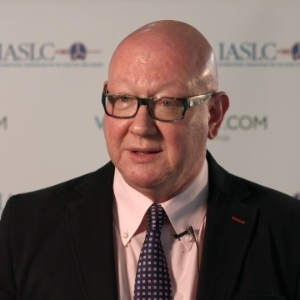
Sergei A Grando
University of California Irvine, United States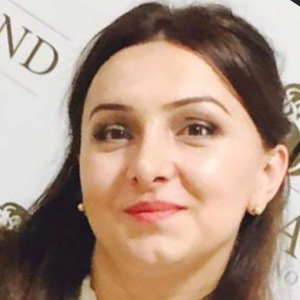
Nino Tsamalaidze
Ltd Karabadini+, Georgia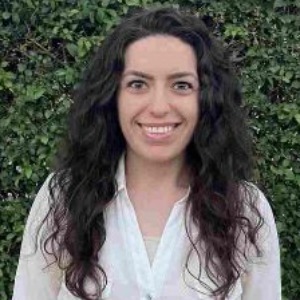
Lina Petrossian
California University of Science and Medicine, United States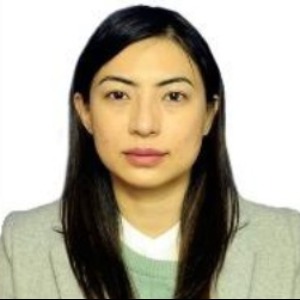
Surajbala Khuraijam
Manipur Health Services, India
Shrutimita Pokhariyal
Symbio, India
Yasser Mohammed Hassanain Elsayed
Egyptian Ministry of Health, Egypt



Title : Paraneoplastic Autoimmune Multiorgan Syndrome or PAMS: Paraneoplastic pemphigus revisited
Sergei A Grando, University of California Irvine, United States
Title : Modern non-invasive methods for in vivo assessment of skin
Georgios N Stamatas, SGS, France
Title : Personalized and precision dermatology through the view of biodesign-inspired translational & data-driven applications: Revolutionary skin treatments for every concern in clinical dermatology integrating skin care experts and consumers
Sergey Suchkov, N.D. Zelinskii Institute for Organic Chemistry of the Russian Academy of Sciences, Russian Federation
Title : The next generation of threads: Lifting, volumization, and biostimulation in one powerful triple action
George Sulamanidze, Plastic Surgeon at Clinic of Plastic and Aesthetic Surgery and Cosmetology TOTALCharm, Georgia
Title : Lymphoproliferative diseases in the practice of a dermatologist
Irina Sergeeva, Novosibirsk State University, Russian Federation
Title : Comparative efficacy of omalizumab and dupilumab in children with Chronic Spontaneous Urticaria (CSU): A retrospective cohort analysis
Molynna Nguyen, University of Toledo, United States
Title : "Mirror mirror on the skin” — A low-cost community strategy to reduce melanoma disparities in Washington, D.C.
Kayla Sampson, Georgetown University School of Medicine, United States
Title : Vitiligo: Not just an aesthetic disorder
Mateja Starbek Zorko, University Medical centre Ljubljana, Slovenia
Title : Personalized and Precision Medicine as a unique avenue to have the healthcare model renewed to secure the national biosafety: Advanced skincare solutions in individualized cosmetology, reconstructive plastic surgery and the modern beauty
Sergey Suchkov, N.D. Zelinskii Institute for Organic Chemistry of the Russian Academy of Sciences, Russian Federation
Title : Keratinocyte apoptosis by caspase – 3 Immunostaining in histopathology as marker of activity as well as correlation with dermoscopy findings in Cutaneous Lupus Erythematosus (CLE) in skin of color: An observational study.
Subhojit Ray, All India Institute of Medical Sciences, India